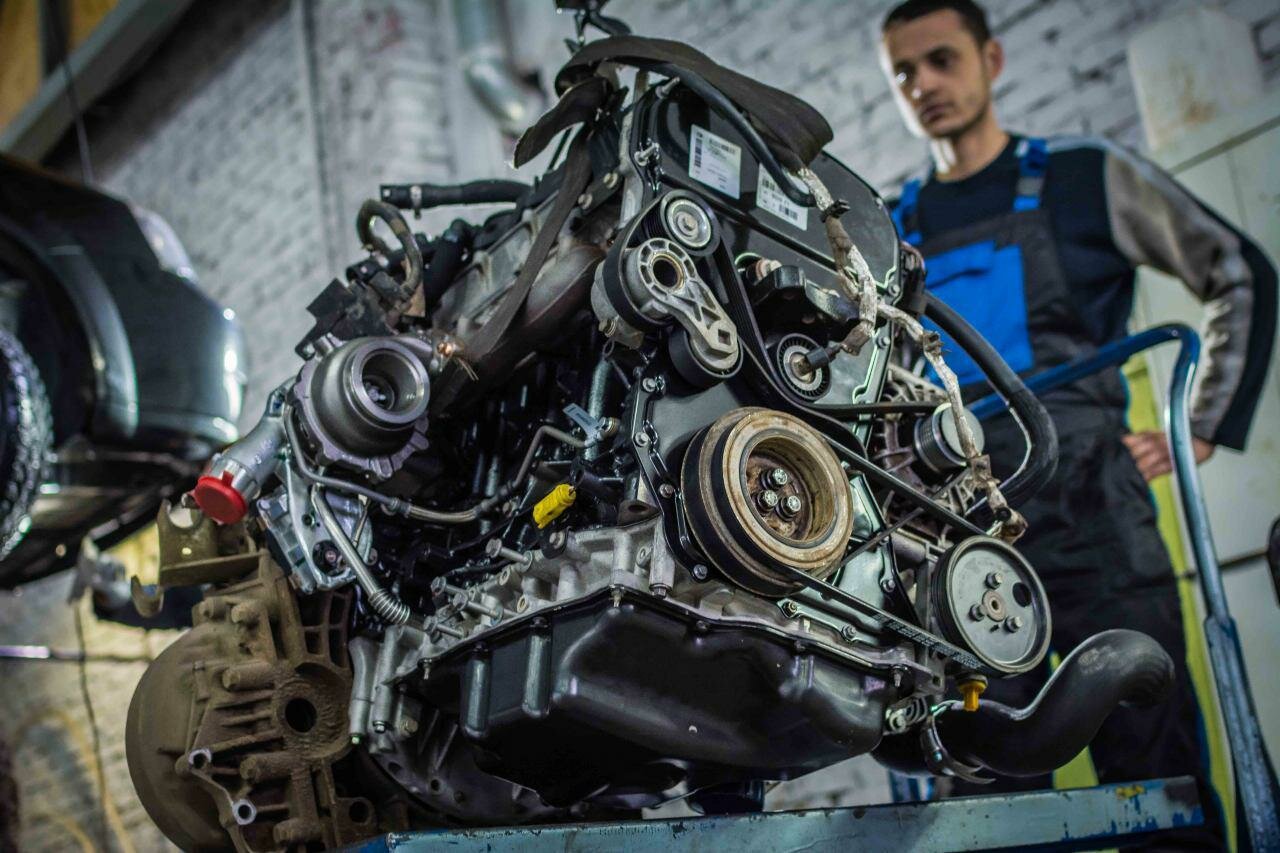Dodge 3.6L Engine Overview
A Brief History
The Dodge 3.6L engine, part of Chrysler’s Pentastar engine family, made its debut in 2010. Designed to replace the aging 3.5L engine, the 3.6L was engineered to provide a balance of power and efficiency, making it a popular choice for a variety of Dodge models, including the Charger, Challenger, and Durango. With its aluminum construction and DOHC (Dual Overhead Cam) design, the 3.6L engine promised improved performance and fuel economy, appealing to both everyday drivers and performance enthusiasts alike.
Over the years, the 3.6L engine has undergone several updates and refinements, enhancing its reliability and performance metrics. It has been utilized in numerous Chrysler, Dodge, and Jeep vehicles, showcasing its versatility across different platforms. However, despite its initial promise, the 3.6L engine has not been without its share of problems. As it gained popularity, reports of various issues began to surface, raising concerns among owners and potential buyers.
The engine’s reputation has been marred by a range of mechanical failures and performance-related problems, leading to discussions about its long-term reliability. From oil consumption issues to timing chain failures, the 3.6L engine has faced scrutiny that cannot be ignored. Understanding these problems is crucial for current and prospective owners, as they can impact both the driving experience and the overall safety of the vehicle. This article will delve into the specific issues associated with the Dodge 3.6L engine, providing a clear picture of what owners may encounter and what they should be aware of moving forward.
Dodge 3.6L Engine Problems: A Deep Dive
The Dodge 3.6L engine has been a staple in many Chrysler and Dodge vehicles for over a decade. While it offers a good balance of power and efficiency, several issues have plagued this engine, leading to significant concerns among owners. Below, we will explore the most common problems associated with the Dodge 3.6L engine, their symptoms, and potential consequences.
Common Issues
1. Oil Consumption Problems
– Many owners report excessive oil consumption, which can lead to low oil levels and potential engine damage if not addressed promptly. This issue often arises from faulty piston rings or valve seals.
2. Timing Chain Failure
– The timing chain in the 3.6L engine is known to stretch over time, which can lead to misalignment and catastrophic engine failure. This problem is particularly concerning as it can cause severe damage to engine components.
3. Overheating
– Overheating can occur due to a variety of reasons, including coolant leaks, a failing water pump, or a malfunctioning thermostat. Prolonged overheating can result in warped cylinder heads and blown head gaskets.
4. Fuel Injector Issues
– Some owners have reported problems with fuel injectors, leading to poor fuel economy, rough idling, and engine misfires. Clogged or malfunctioning injectors can severely impact engine performance.
5. Electrical Problems
– The 3.6L engine has also been associated with various electrical issues, including problems with the ignition coils and sensors. These issues can lead to poor performance and increased emissions.
Symptoms to Watch For
It’s essential for owners to be aware of the symptoms associated with these problems. Early detection can prevent more severe damage and costly repairs. Here are some common symptoms to look out for:
- Increased oil consumption
- Check engine light activation
- Unusual engine noises (ticking or rattling)
- Overheating warnings
- Rough idling or stalling
- Poor acceleration or power loss
Consequences of Ignoring Issues
Failing to address these problems can lead to severe consequences, including:
- Engine damage due to low oil levels
- Complete engine failure from timing chain issues
- Increased repair costs from overheating
- Poor fuel efficiency and performance
- Potential safety hazards from electrical failures
Top views |
|
|---|---|
 |
Oil, Timing Chains, Pistons: What Really Kills an Engine Prematurely? |
 |
How to Choose a Car with a Reliable Engine: Used Car Market Hacks That Actually Work |
Symptoms and Consequences Table
| Symptoms | Consequences |
|---|---|
| Increased oil consumption | Engine damage due to low oil levels |
| Check engine light activation | Complete engine failure from timing chain issues |
| Unusual engine noises (ticking or rattling) | Increased repair costs from overheating |
| Overheating warnings | Poor fuel efficiency and performance |
| Rough idling or stalling | Potential safety hazards from electrical failures |
| Poor acceleration or power loss | Increased repair costs and reduced vehicle reliability |
Understanding these issues is crucial for anyone considering a vehicle equipped with the Dodge 3.6L engine. Awareness of the symptoms and potential consequences can help owners take proactive measures to maintain their vehicles and avoid costly repairs.




0 Comments